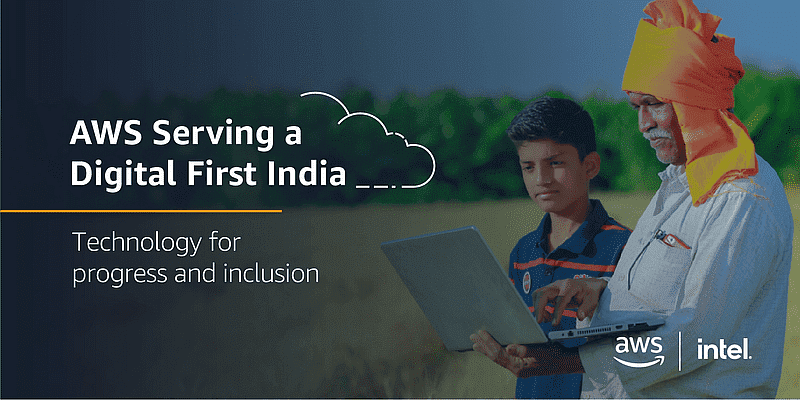India’s healthcare industry is poised to grow significantly over the next few years. According to projections by India Brand Equity Foundation (IBEF), the sector’s value is likely to more than double to$132.84 billion by 2023 from $61.79 billion in 2017. Several factors may contribute to this growth, including increasing demand for affordable healthcare, the emergence of telemedicine, growing incidence of lifestyle diseases, increased investment from public as well as private investors, and other government initiatives.
The Government’s National Health Protection Mission – Ayushman Bharat Yojana – launched in September 2018 aims to provide 100 million poor and vulnerable families (approximately 500 million beneficiaries) health insurance coverage up to Rs. 500,000 each for secondary and tertiary care hospitalisation.
The rising number of healthtech startups has also been a significant contributor to the rapid growth of the sector. The Serving a Digital-first India eBook by AWS showcases how startups are building innovations in the area of Artificial Intelligence (AI), and Blockchain that are disrupting the market. Telehealth, sensors, and wearables are disrupting this growth.
Healthcare at home
Wearables are just one example of how people are using technology to avail affordable quality healthcare at home. According to a McKinsey report, Indians could save about $10 billion by 2025 using telemedicine instead of in-person consultations.
In 2021, wearable devices will play a key role in allowing users to share their health records in real-time for faster and quicker diagnosis. These devices mean that a constant flow of data is available to healthcare professionals, who can use such metrics as blood pressure, breathing patterns, and sleep data to better diagnose and treat patients.
A key enabler will be the adoption of Blockchain technology, which will gain further acceptance beyond cryptocurrency. It will allow the sharing and analysis of critical patient data in real-time to improve quality of care and transparency, thereby providing far more reliable home-based healthcare solutions
Data and AI will drive personalisation
In healthcare, as in other sectors, data will prove to be the gamechanger. AI will transform the way doctors can diagnose ailments. They are analysing large quantities of data, and increase the accuracy of disease detection. Imaging technology has also reduced the time to diagnosis from days to seconds by doing the heavy lifting in interpreting the images.
For India, it is imperative to design and develop technology that takes into account local constraints, among them affordability. There are many local and behavioural challenges in the Indian healthcare sector, but cost is still a key driver. For it to succeed and make a difference at scale, new technology has to be priced for the country and developed to tackle its unique needs.
AI will also play a key role in accelerating drug research and discovery, which takes about 12 years on average to go from the lab to the patient.
However, despite these advances, there is still scope for a lot more tech penetration. A data-rich country like India could provide unprecedented information on progression models, which could be shared with the rest of the world putting the country at the forefront of a healthcare revolution.
Government initiatives
The government’s push for embracing digital technologies in healthcare and the availability of telecom bandwidth has increased rural access to quality healthcare via telemedicine and teleconsulting. The ‘Make in India’ programme is also spurring domestic manufacture of medical devices and lowering costs for patients.
The Union Budget 2018 allocated Rs 3,073 crore under NITI Aayog to develop emerging technologies like AI, IoT, blockchain and 3D printing. On March 25, 2020, the Ministry of Health and Family Welfare issued the Telemedicine Practice Guidelines, 2020 under the Indian Medical Council Act, 1956.
The guidelines, borrowed from the definition of telemedicine by the World Health Organisation, provide that telemedicine would include the delivery of healthcare services by healthcare professionals using information and communication technologies, not just for diagnosis, prevention and treatment of diseases, but also for research and education of healthcare providers.
In the wake of the pandemic, healthcare will continue to be in focus for the near term. There will be a need for increased investment and government support to ensure that India is in a position to not only face a crisis but provide quality healthcare to each of its citizens.
To learn more about how technology is helping restructure India’s healthcare sector, and ushering in a new era of progress, read the eBook Serving a Digital-first India by AWS. Click here to download your copy.
Link : https://yourstory.com/2021/01/technology-game-changer-providing-universal-healthcare
Author :- Team YS ( )
January 19, 2021 at 11:31AM
YourStory


